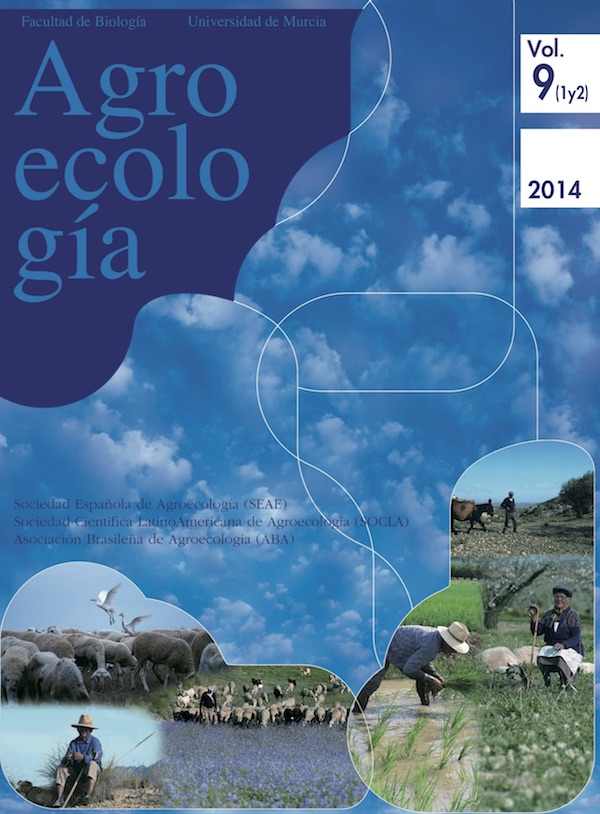Diversidad de especies vegetales alimenticias en la microregión cacahuatique sur de El Salvador: un enfoque en especies comestibles subutilizadas y conocimiento local
Resumen
La investigación tuvo como objetivos (1) identificar las especies comestibles subutilizas en la Microregión Cacahuatique Sur, Morazán, en el NE de El Salvador y (2) documentar los factores que han contribuido a la pérdida y/o conservación de las especies y del conocimiento sobre ellas. La información fue obtenida a través de entrevistas semi-estructuradas con informantes claves y se analizó usando estadística descriptiva. Para comparar el conocimiento entre personas mayores y menores de 50 años se construyó un índice de conocimiento, que fue sujeto a un análisis de varianza (ANOVA). Se identificaron 40 especies subutilizadas las cuales se agrupan en 25 familias botánicas siendo Leguminosae la más frecuente. En el año 2013 el 93% de especies subutilizadas estaban presentes en la zona, y, de éstas, el 65% se encontraban en estado silvestre. El 87% de las 40 personas entrevistadas indicaron que hay una disminución de estas especies en la Microregión y que las principales razones para esta tendencia son la falta de conocimiento sobre su uso y manejo, así como la falta de valor comercial. El conocimiento sobre las especies subutilizadas no difirió estadísticamente (p= 0.07) entre géneros, aunque hubo una leve tendencia a favor de las mujeres; sin embargo, se detectó que personas mayores de 50 años tenían significativamente (p= <0.0001) mayores índices de conocimiento que personas menores de 50 años.
Descargas
Las obras que se publican en esta revista están sujetas a los siguientes términos:
1. El Servicio de Publicaciones de la Universidad de Murcia (la editorial) conserva los derechos patrimoniales (copyright) de las obras publicadas, y favorece y permite la reutilización de las mismas bajo la licencia de uso indicada en el punto 2.
2. Las obras se publican en la edición electrónica de la revista bajo una licencia Creative Commons Reconocimiento-NoComercial-SinObraDerivada 3.0 España (texto legal). Se pueden copiar, usar, difundir, transmitir y exponer públicamente, siempre que: i) se cite la autoría y la fuente original de su publicación (revista, editorial y URL de la obra); ii) no se usen para fines comerciales; iii) se mencione la existencia y especificaciones de esta licencia de uso.
3. Condiciones de auto-archivo. Se permite y se anima a los autores a difundir electrónicamente las versiones pre-print (versión antes de ser evaluada) y/o post-print (versión evaluada y aceptada para su publicación) de sus obras antes de su publicación, ya que favorece su circulación y difusión más temprana y con ello un posible aumento en su citación y alcance entre la comunidad académica. Color RoMEO: verde.





